Aligning 40 voices in 2 hours
Virtual Problem Solving Sprint
A large organisation asked me to design and facilitate a workshop to uncover the challenges their customers faced when interacting with one of their teams. With multiple business units and competing priorities in play, reaching a shared understanding wasn’t straightforward, but that was precisely the goal.
Here are a few of the curve balls that were thrown at us during our initial discovery call
We were given just a hour time slot
The Challenge
The group included 40 participants based in different parts of the UK, making a virtual session the only practical way to bring everyone together.
They were a mix of grades, and experience with unique perspectives
A history of prior initiatives meant there was lost of existing data to factor in
Here is a summary of our planned approach
Avoid Unnecessary Introductions
Our approach
Given the time constraints and large groups size, we opted to skip any formal introductions and focussed on energizing the participants
Ease Participants into the Event
To ensure a smooth virtual experience, we started with a simple, low-pressure game in Miro (our virtual meeting tool) helping everyone get comfortable
Start Positive
We wanted to set a positive tone from the outset so we asked participants to quickly list what they liked about the current service, this was just five minutes, but it helped build some momentum before diving into the real work looking at things from a negative angle
Shared Level of Understanding
We included all of the known pain points already captured in the previous projects and asked the group to work on their oen to review and add any that were missing
Together Alone
Participants were asked to vote privately in the most important problems, this prevented distractions and any side discussions
The Outcome
Things didn’t go exactly as planned, but we did meet our objective despite a few additional curve balls flying in, to be honest they rarely do when you’ve got a virtual room full of different priorities and a complex problem to solve. But I stayed flexible pivoted at the right times and kept the momentum.
By the end of the session, the team didn’t just leave with a list of problem, they had a full prioritised roadmap with clear next steps and a shared sense of what needed tackling first along with details of the areas that were working well, that could be considered during the Ideation sessions.





